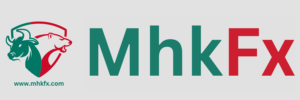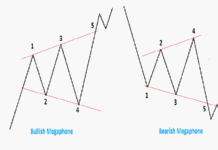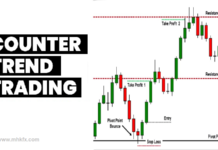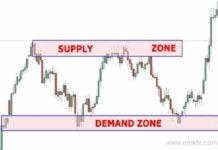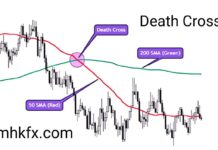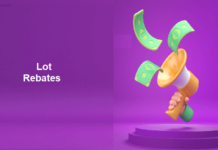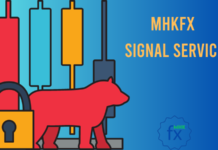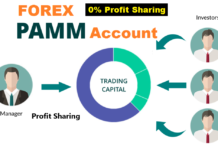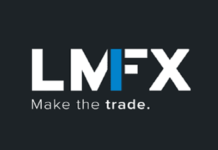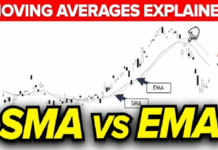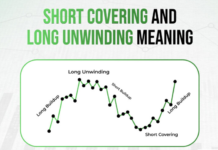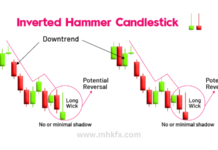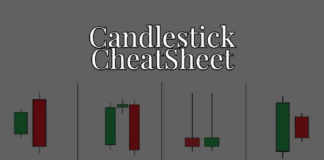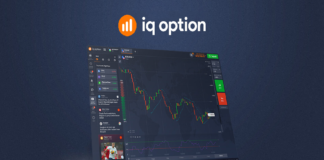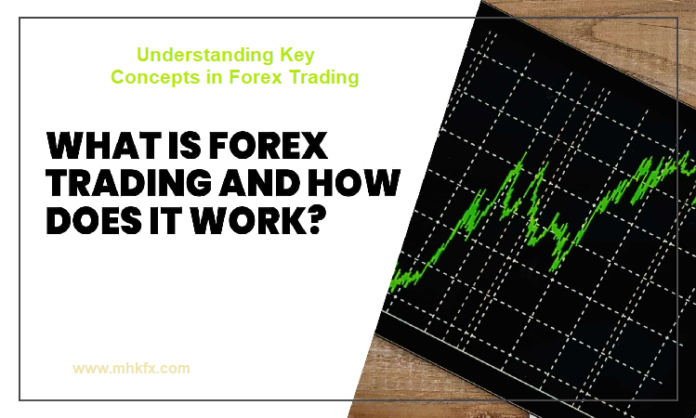
Forex trading is a dynamic and complex financial market where participants engage in the buying and selling of currencies. To navigate this intricate landscape successfully, traders need a solid grasp of fundamental concepts. In this article, we will explore five crucial terms in forex trading: Hedging, Lot Size, Long Position, Short Position, and Pending Order.
Hedging : Managing Risks Proactively
Hedging is a risk management strategy employed by traders to protect their investments from adverse market movements. By taking offsetting positions, traders aim to mitigate potential losses. For instance, if a trader holds a long position on a currency pair, they might open a short position on the same pair to hedge against potential downside risks.
Lot Size : Determining Trade Volume
Lot size refers to the standardized quantity of a financial instrument in a single trading order. Forex trades are typically conducted in specific lot sizes, with the standard lot size being 100,000 units of the base currency. Understanding lot sizes is essential for managing risk and controlling the exposure of a trading account.
Long Position: Betting on Appreciation
Taking a long position in forex means buying a currency pair with the expectation that its value will rise. Traders execute long positions when they anticipate a strengthening of the base currency against the quote currency. Profits are realized when the exchange rate increases, allowing the trader to sell the currency pair at a higher price.
Short Position : Profiting from Depreciation
Conversely, a short position involves selling a currency pair with the anticipation that its value will decrease. Traders take short positions when they expect the base currency to weaken against the quote currency. Profits in a short position are realized by buying back the currency pair at a lower price than the initial sale.
Pending Order : Planning for Future Trades
A pending order is an instruction to execute a trade once the market reaches a specified price level. Traders use pending orders to automate their trading strategies and enter the market at predefined points. There are various types of pending orders, including buy stop orders, sell stop orders, buy limit orders, and sell limit orders, each serving a specific purpose in a trader’s toolkit.
Conclusion:
Mastering the fundamentals of forex trading is crucial for success in this dynamic financial market. Hedging, lot size management, understanding long position and short position, and utilizing pending orders are key components of a trader’s skill set. By comprehending and effectively applying these concepts, traders can enhance their decision-making processes and navigate the forex market with greater confidence.
Click to sign up with ICMarkets
Related Articles:
Leverage Unveiled : A Comprehensive Guide to Understanding Leverage in Forex and Stocks
